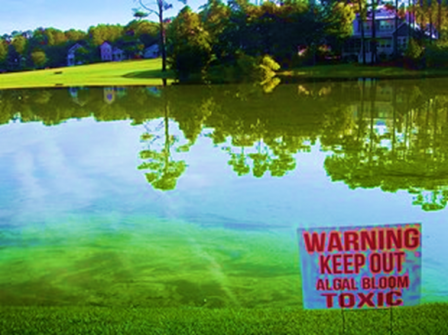Use of Next-Generation Molecular Tools for Harmful Algal Blooms and Microbial Source Tracking to Support Watershed Restoration in Kansas and Nebraska
Use of Next-Generation Molecular Tools for Harmful Algal Blooms and Microbial Source Tracking to Support Watershed Restoration in Kansas and Nebraska
EPA Region 7, EPA Office of Research and Development, Nebraska Department of Environmental Quality, and the Kansas Department of Health and Environment
 Monitoring sources of E. coli and harmful algal blooms is a challenge for environmental managers. In some areas, E. coli has been identified as one of the leading causes of water quality decline. Harmful algal blooms can lead to drinking water contamination and fish or even human poisoning. In Kansas, this project will evaluate the use of new molecular-based technology to identify the cyanobacterial species that produce toxins and factors that promote toxic blooms. In Nebraska, this technology will help identify sources of fecal contamination in rivers and lakes. Combined with ongoing monitoring efforts, the data will provide a comprehensive assessment of the development of harmful algal blooms in Kansas and sources of fecal pollution in Nebraska watersheds. These assessments will support planning, management and restoration of water resources in Kansas and Nebraska.
Monitoring sources of E. coli and harmful algal blooms is a challenge for environmental managers. In some areas, E. coli has been identified as one of the leading causes of water quality decline. Harmful algal blooms can lead to drinking water contamination and fish or even human poisoning. In Kansas, this project will evaluate the use of new molecular-based technology to identify the cyanobacterial species that produce toxins and factors that promote toxic blooms. In Nebraska, this technology will help identify sources of fecal contamination in rivers and lakes. Combined with ongoing monitoring efforts, the data will provide a comprehensive assessment of the development of harmful algal blooms in Kansas and sources of fecal pollution in Nebraska watersheds. These assessments will support planning, management and restoration of water resources in Kansas and Nebraska.
Project lead: Amy Shields (Shields.amy@Epa.gov)
